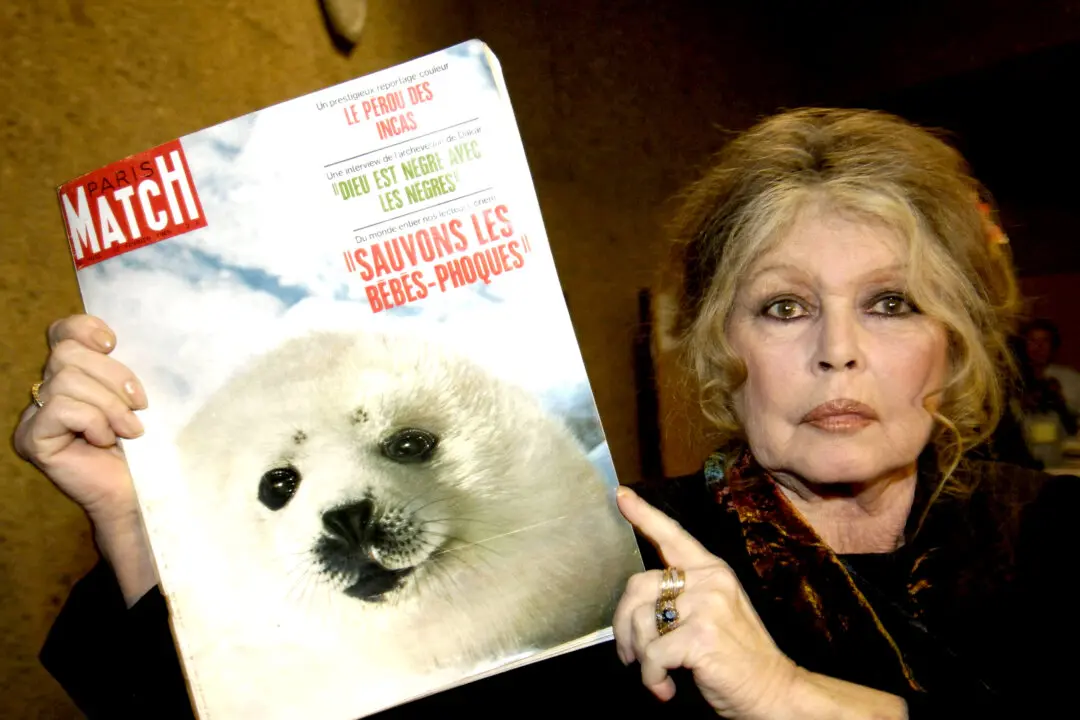LONDON—The second half of the year started with another first class drubbing for global stock markets on Friday, as the recession concerns that have built in recent weeks also shoved oil and metals lower again.
MSCI’s world stocks index has had its worst start to a year since its 1990 creation over the last six months and a 1 percent early tumble in Europe and for Wall Street futures pointed to more pain ahead.





